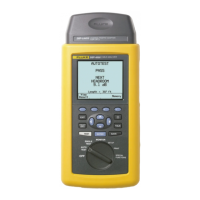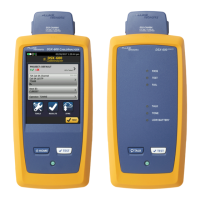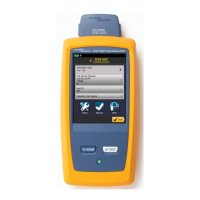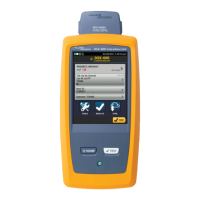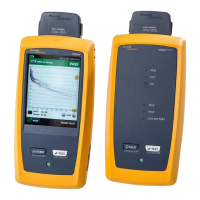DSP-4000 Series
Users Manual
B-4
Category 3
A cabling standard for UTP voice-grade cable specified be the EIA/TIA 568 standard for
use at speeds up to 10 Mbps.
Category 4
A cabling standard specified by EIA/TIA 568 for use at speeds up to 20 Mbps.
Category 5
A cabling standard specified by EIA/TIA 568 for use at speeds up to 100 Mbps.
Channel
A network connection consisting of (1) a network equipment patch cable to a horizontal
cross-connect, (2) two connections at the cross-connect, (3) a horizontal cable segment up
to 90 m (295 ft), (4) a transition connector near the telecommunications outlet, (5) a
telecommunications outlet, and (6) a network equipment patch cable in the work area.
Cabling test limits for a channel are looser than those for a basic link because the channel
limits allow for the effects of two connections at the cross-connect and an extra connector
near the telecommunications outlet. The channel is defined in TSB-67.
Characteristic Impedance
The total opposition (dc resistance and ac reactance) to the flow of ac current that a
network cable would have if the cable were infinitely long.
Coaxial Cable
A type of transmission cable in which an inner conductor is surrounded first by an
insulating layer, then by a braided, conductive sheath. The braided sheath acts as a shield
that protects the inner conductor from electrical noise. Coaxial cables typically have a wide
bandwidth. Two types of coaxial cable are used with Ethernet networks: Thicknet
(10BASE5 standard) and Thinnet (10BASE2 standard).
Collision
The result of two stations simultaneously attempting to transmit data on a shared network
transmission medium (such as Ethernet).
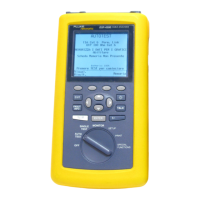
